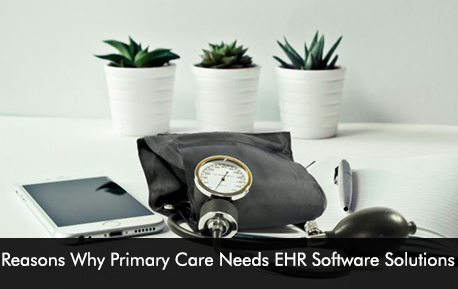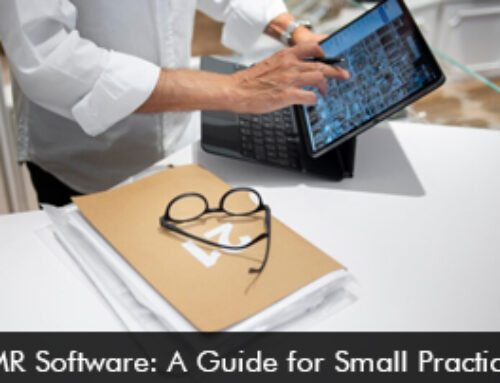Electronic Medical Records (EMR) software makes daily processes run smoothly for hospital systems and clinics. Primary care setups and physicians have unique requirements and challenges and hence they need a software system that is robust, flexible, and versatile. A primary care EMR software supports the running of family practices and clinics by ensuring that the medical and administrative workflows are streamlined and records are maintained.
Why primary care doctors need EHR software solutions?
EHR software systems are robust solutions that assist primary care practices by helping them store patient records digitally, and also allowing providers to keep track of patient information such as demographics and relevant patient histories, test results, medications, and SOAP notes.
Primary care setups use Electronic Health Records software to increase practice productivities so they can focus on patient care and improve patient outcome levels. Functionalities in the software system such as e-prescription management helps to provide better post-visit care and the patient portal platform aids online scheduling and payments making patients happier and feel more involved in their care process.
The patient history feature in the primary care EHR software helps primary care physicians to maintain an accurate and detailed history of patient interactions which assists more personalized care. The general practice SOAP notes templates in the EMR software help primary care physicians to accommodate a wide variety of medical conditions that are a part of their practice.
Primary care also has a financial side which needs to be automated, the automatic billing and claim tracking tools in the EMR software system automates end to end billing procedures and streamlines the tracking of various claims. Once the financial processes are running smooth practices can get paid faster.
Your considerations as a primary care physician
It’s important that as a primary care physician you keep in mind the ability of integration possibilities offered by the software vendor. A primary care software should offer seamless integration with EMR software of the Practice Management (PM) software system. You also need to keep in mind the software options offered by vendors which include cloud-based and on-premise software solutions. Cloud-based solutions are a better option for your practice as of today since it requires lower upfront costs and once the software is smoothly running you require little support from IT staff members.
Conclusion
EHR software systems have provided an avenue for primary care providers to operate more efficiently than in the past. The software features and tools automate and streamline day to day clinical, financial, and administrative tasks which lets practices see more patients and provide better care. Primary care providers are the pillar in the US healthcare system and are often overburdened so good EMR software should be easy to use, intuitive and reliable facilitating seamless communication between physicians involved in the healthcare system. Here are the best primary care EMR software systems you can choose from.






